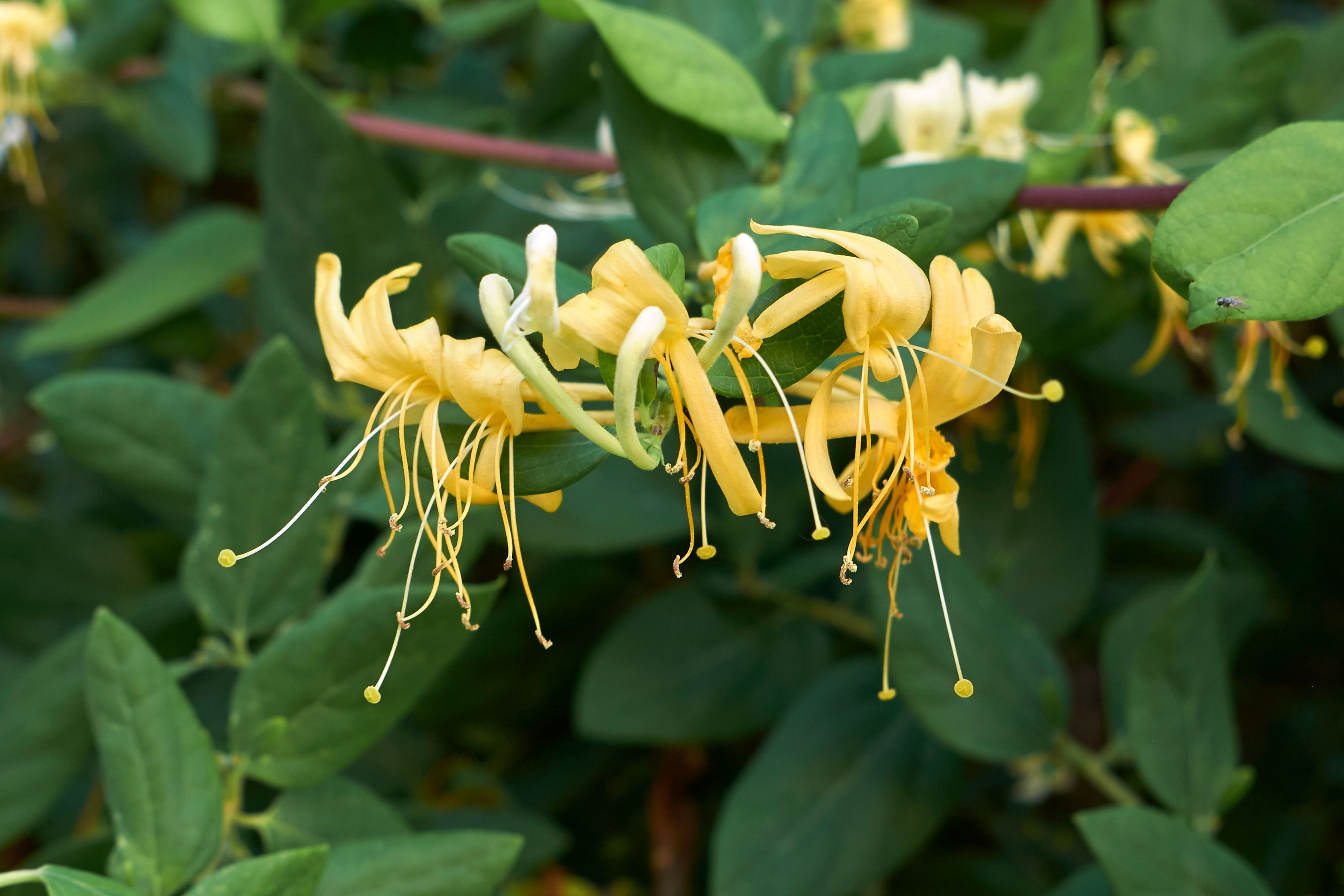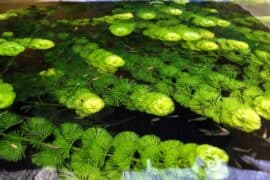Giant Burmese honeysuckle
(Lonicera hildebrandiana)

Description
Lonicera hildebrandiana, the giant Burmese honeysuckle, is a species of flowering plant in the family Caprifoliaceae, native to southeast Asia, in China (Guanxi and Yunnan), Thailand and Burma. Growing to at least 10 m (33 ft) tall and 8 m (26 ft) broad, with flowers and leaves up to 15 cm (5.9 in) long, this climbing, twining shrub is by far the largest of all the honeysuckles. The evergreen leaves are glossy, and the long thin tubular flowers open cream, turning to yellow and orange. The flowers, which have a strong honeysuckle fragrance, appear in pairs intermittently from spring throughout summer, and are followed in autumn by green berries. Lonicera hildebrandiana was found in Burma (now Myanmar) in 1888 by Henry Collett, who named it after a local administrator Arthur Hedding Hildebrand, himself an enthusiastic collector. Hildebrand later sent seeds to Kew Gardens for storage and propagation purposes. Since then, specimens have been located in China and Thailand. This plant does not tolerate frost, so when cultivated in cold temperate areas it must be grown under glass, either in a large conservatory or greenhouse. When grown in warmer temperate zones, it may be planted in a sheltered bay out of direct winter winds until it has grown to a height above the frost-line. A fully grown plant is relatively heavy, especially after rain, so requires strong support as it is not self-supporting. Honeysuckles are arching shrubs or twining vines in the family Caprifoliaceae, native to northern latitudes in North America and Eurasia. Approximately 180 species of honeysuckle have been identified in North America and Eurasia. Widely known species include Lonicera periclymenum (common honeysuckle or woodbine), Lonicera japonica (Japanese honeysuckle, white honeysuckle, or Chinese honeysuckle) and Lonicera sempervirens (coral honeysuckle, trumpet honeysuckle, or woodbine honeysuckle). L. japonica is an aggressive, highly invasive species considered a significant pest on the continents of North America, Europe, South America, Australia, and Africa. Some species are highly fragrant and colorful, so are cultivated as ornamental garden plants. In North America, hummingbirds are attracted to the flowers, especially L. sempervirens and L. ciliosa (orange honeysuckle). Honeysuckle derives its name from the edible sweet nectar obtainable from its tubular flowers. The name Lonicera stems from Adam Lonicer, a Renaissance botanist.
Taxonomic tree:







